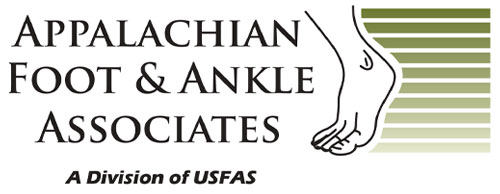Do you have a place on your foot that is located on the top or side and is often painful, especially under pressure? Do you tend to wear shoes that are uncomfortable or don’t fit properly? If these sound like a familiar part of your life, it’s quite likely that you have one or more corns. These uncomfortable formations are treatable and preventable but can make life pretty miserable until they’re taken care of.
How Corns Develop On Your Feet And Ankles
When you experience consistent pressure on a part of your ankles, feet, or toes, you may discover that a hard point begins to develop there. These tough lumps on your skin form when an area receives repeated friction that causes the skin in the area to die. There are three different types of corns, and they are often identifiable by the rough, discolored appearance of the area where they form. The different types of corns are as follows:
- Hard Corns – Also known as a Heloma Durum, these corns tend to have a tough patch at the core of the corn that is harder than the rest of it.
- Soft Corns – Heloma Molle, or soft corns, most often develop between your toes, especially the pinkie and fourth toe. They tend to be sensitive, tender, and red with a smoother center and are often very painful.
- Seed Corns – This type of corn tends to form as a pronounced hill formed of dead skin. Rather than being a single corn, they’re actually a cluster of small corns most often found on the balls or heels.
You may think that corns have a lot in common with calluses, and you wouldn’t be wrong. However, there are important differences between these. Calluses and corns both form in response to pressure and friction and can be referred to as a form of hyperkeratosis, or thick, hard skin. One of the primary differences between the two is that corns are painful, while calluses are rarely associated with discomfort. Corns also tend to be round and small, instead of the wide flat nature of calluses, and also appear more commonly on toes.
Common Causes of Corns
Corns are caused by a number of factors, many of which are avoidable. Women, in particular, are more likely to develop corns when compared to men. The following factors are commonly associated with corn formation:
- Shoes that are the wrong shape or size for your feet
- Sandals or other shoes that are tight-fitting
- Wearing a different design of shoe than you typically do
- Not wearing socks
- Hammertoes, bunions, or other foot deformities
- Aging can cause the skin to thin, which can increase the risk of corn formation
In addition to these factors, anything that causes ongoing stress or rubbing of the skin on your feet can lead to the development of a corn. If you suspect you have a corn and would like help getting treatment, reach out to your ankle and foot specialist for a consultation.





